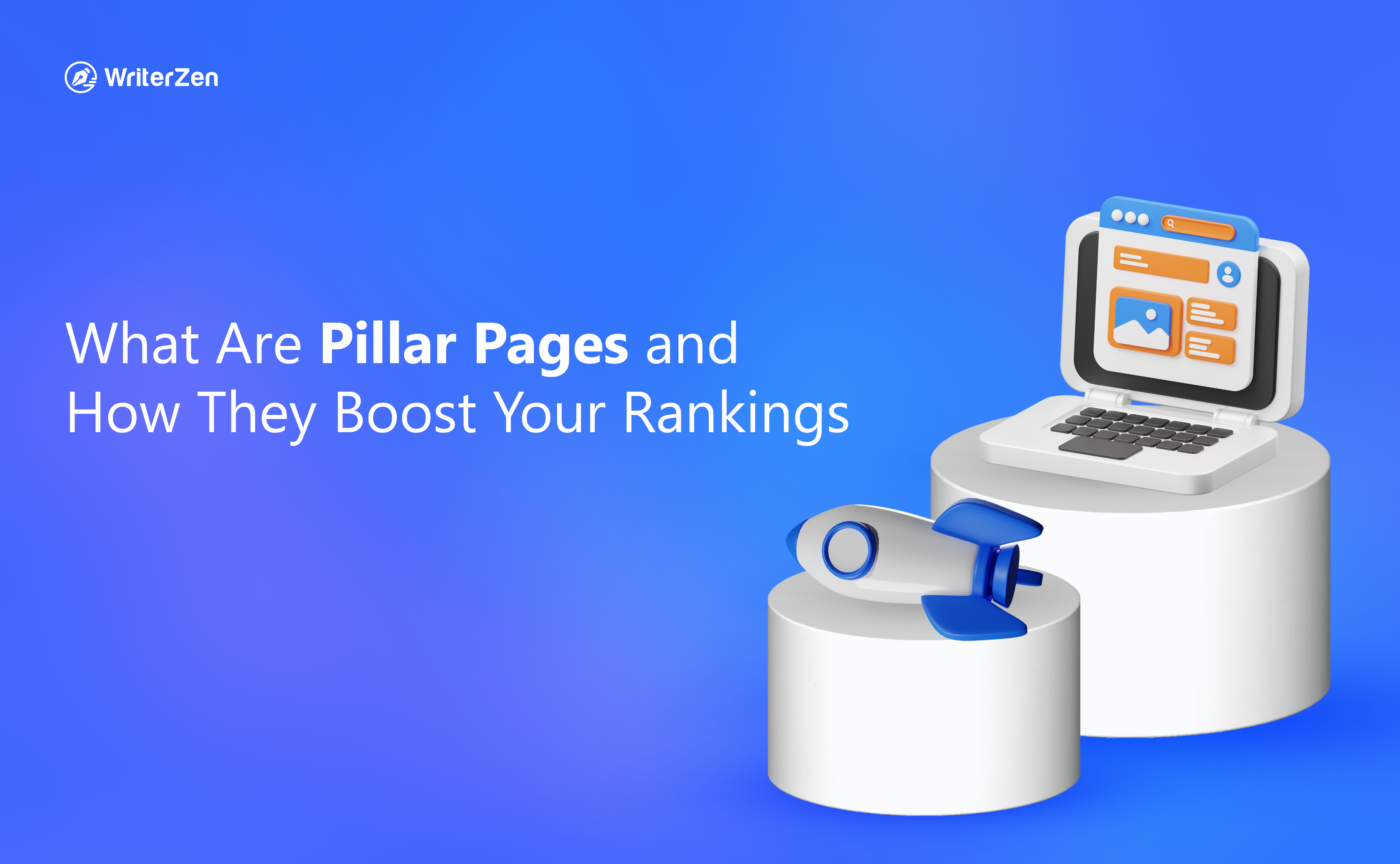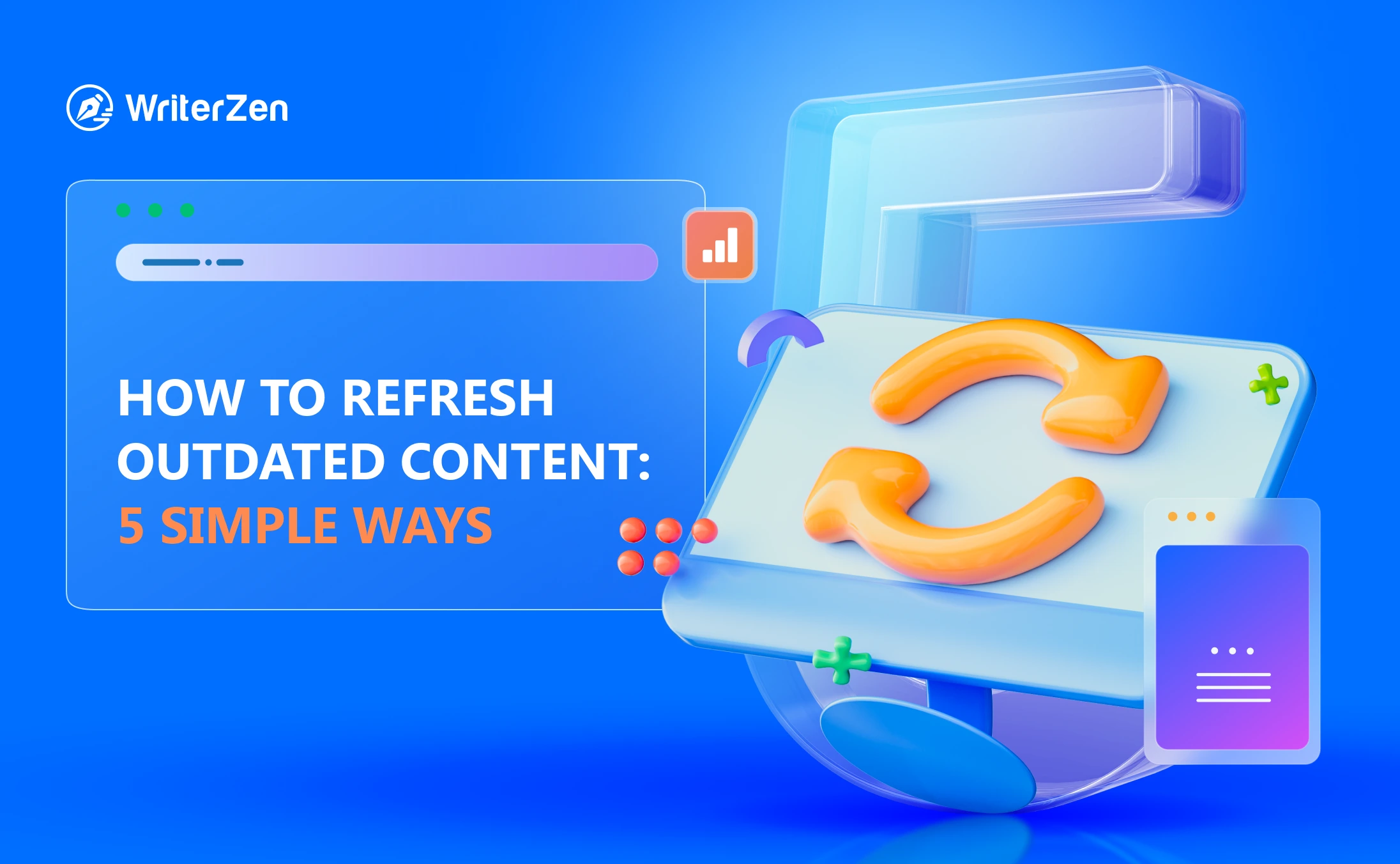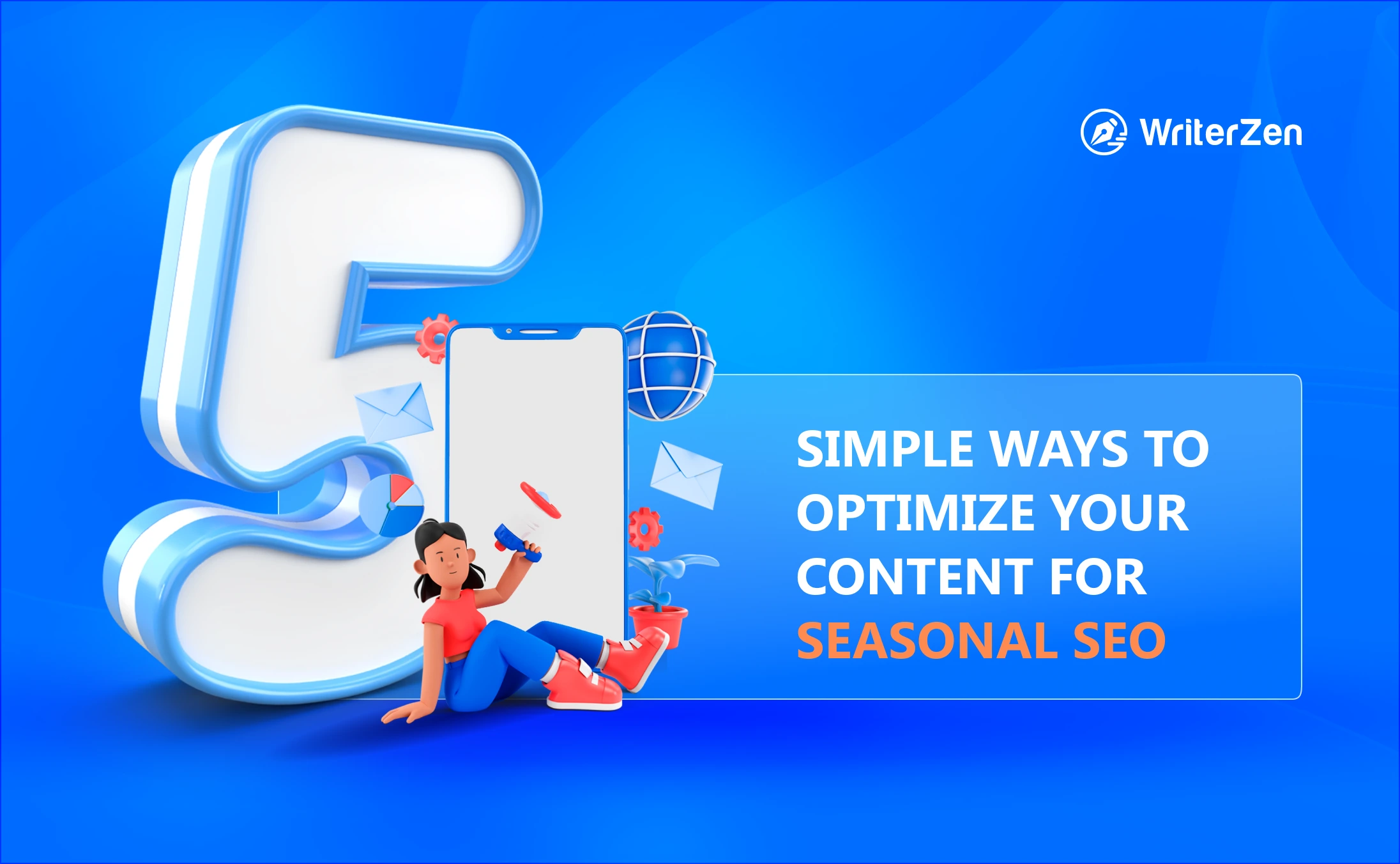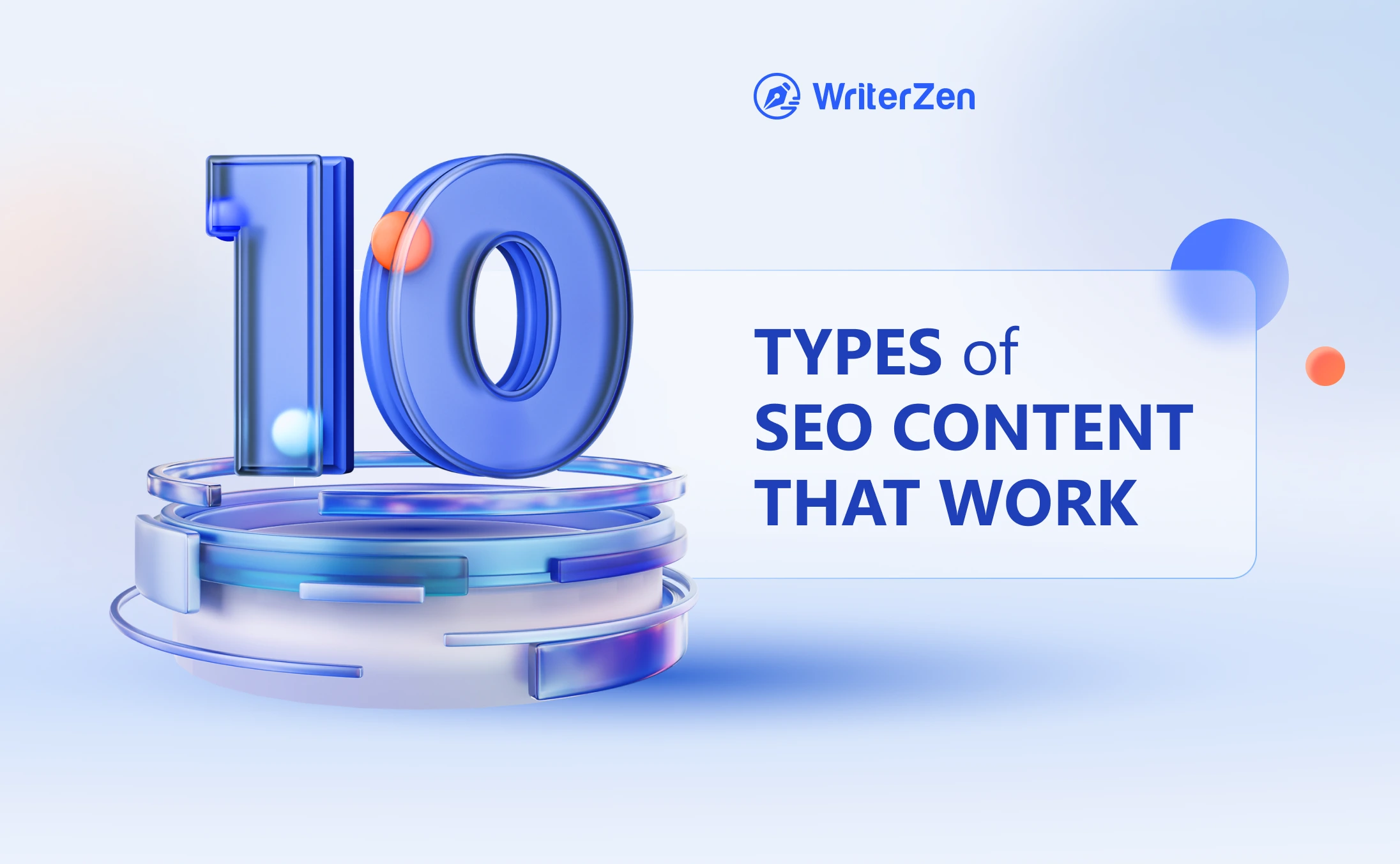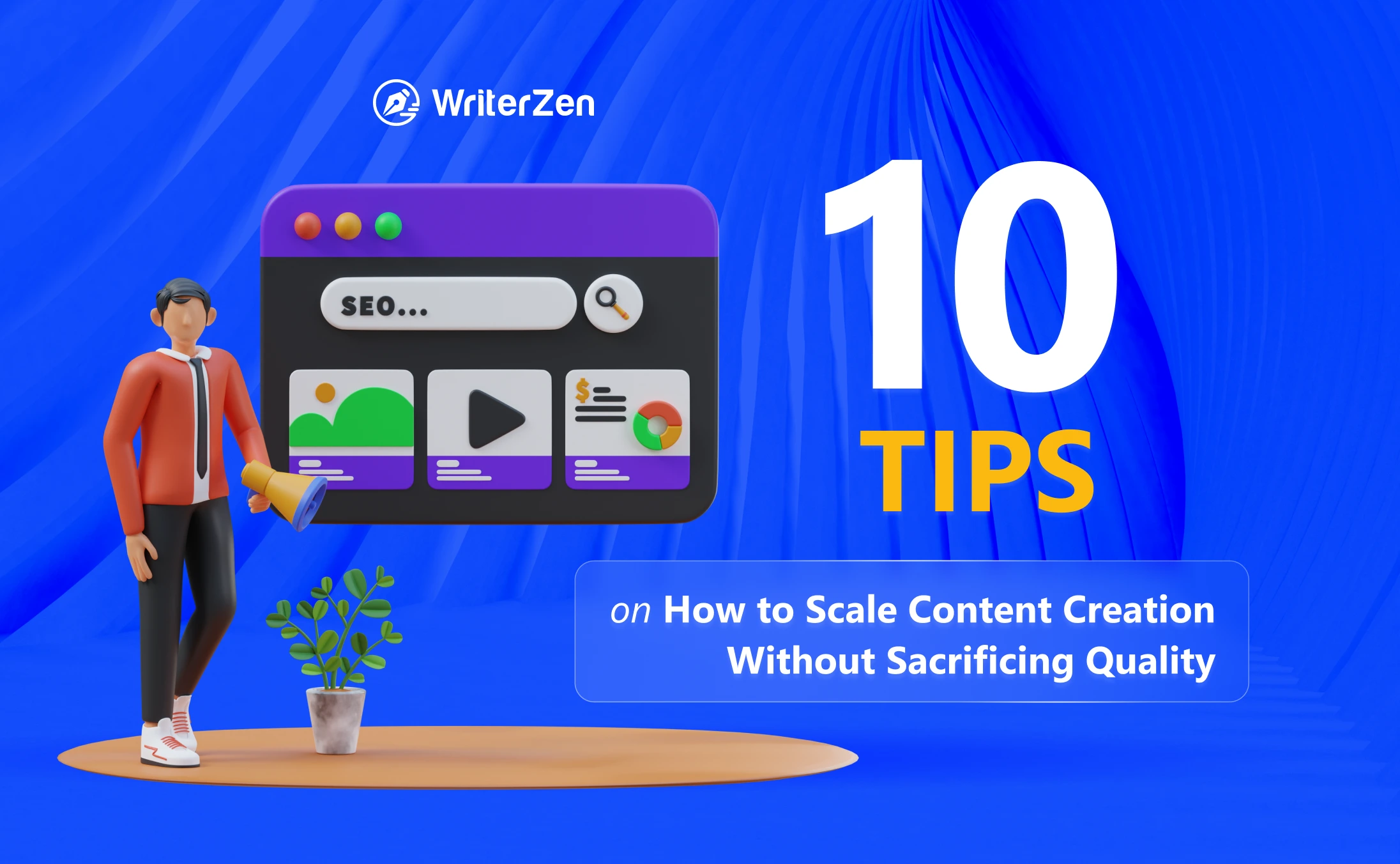Whether you are managing a personal blog, starting a design blog, or maintaining and updating your company’s business site, it is important to project professionalism and trustworthiness.
As an SEO content writer, if you want to share interesting and valuable content online with your community or followers, ensure that your writing is accurate and high-quality. This way, your writing can add value to the users who consume it.
This guide will cover everything you need to know about high-quality content writing, from the definition of high-quality content and its importance to its various components.
What Is High-Quality Content?
In a nutshell, high-quality content is content that is:
-
Well-structured and readable,
-
Clear and accurate,
-
Consistent across all communication platforms,
-
Easily accessible,
-
Providing valuable information by answering the user's queries,
-
Engaging users by triggering a discussion, reaction, or thought,
-
Achieving a goal, whether it is driving traffic or converting leads.
All of your pages on your website, especially your home page, should have high-quality content to attract users and webmasters who will link to your content and increase its reach across the internet.
Why Is High-Quality Content Important?
Engage the Right Audiences
Creating high-quality content should be the foundation of your website. It is the most effective way to ensure that you use appropriate keywords throughout your content.
High-quality content builds brand awareness, entertains users, solves problems, creates trust, and turns strangers into loyal customers and advocates of your products or services. Content that’s thoroughly researched, planned out, and strategically developed is highly effective.
For content writers, the quality of your content is your ultimate sales pitch. It attracts and engages your users and gets them to take the next steps, whether visiting your website, buying your product, or booking your services. Creating high-quality content that is relevant to your users motivates them to stay on your website for longer.
Contribute to Search Engine Optimization
Quality content is directly linked to search engine optimization (SEO).
High-quality content SEO functions together to improve your website score, enhance your website usability, improve the user experience, accomplish high ranking, and reach your target audience.
Valuable content can be strategically used to create high click-through rates (CTR) and backlinks. The more online users visit your website and click on your content, the more your site will attract Google’s attention. Google will notice this and rank your website higher, as it is relevant to what users are searching for online.
The comprehensive content that is created to help, answer, or inform your audience is also beneficial for backlinking.
Grow the Brand
High-quality content helps grow your brand and portrays your company as a knowledgeable and credible leader within the industry. The 2019 B2B Content Marketing Benchmarks report indicates that 96% of the top content marketers believe that their companies' credibility increased because of high-quality content.
High-quality content is important because it attracts the right audience to your website, engages them, and works towards getting the user to take action on your website. If a user finds your information valuable, it increases their chances of sharing it.
What Are the Components of High-Quality Content?
As a high-quality content writer, you must include six components essential in delivering content that will positively impact your users. We have covered the six components of high-quality content below.
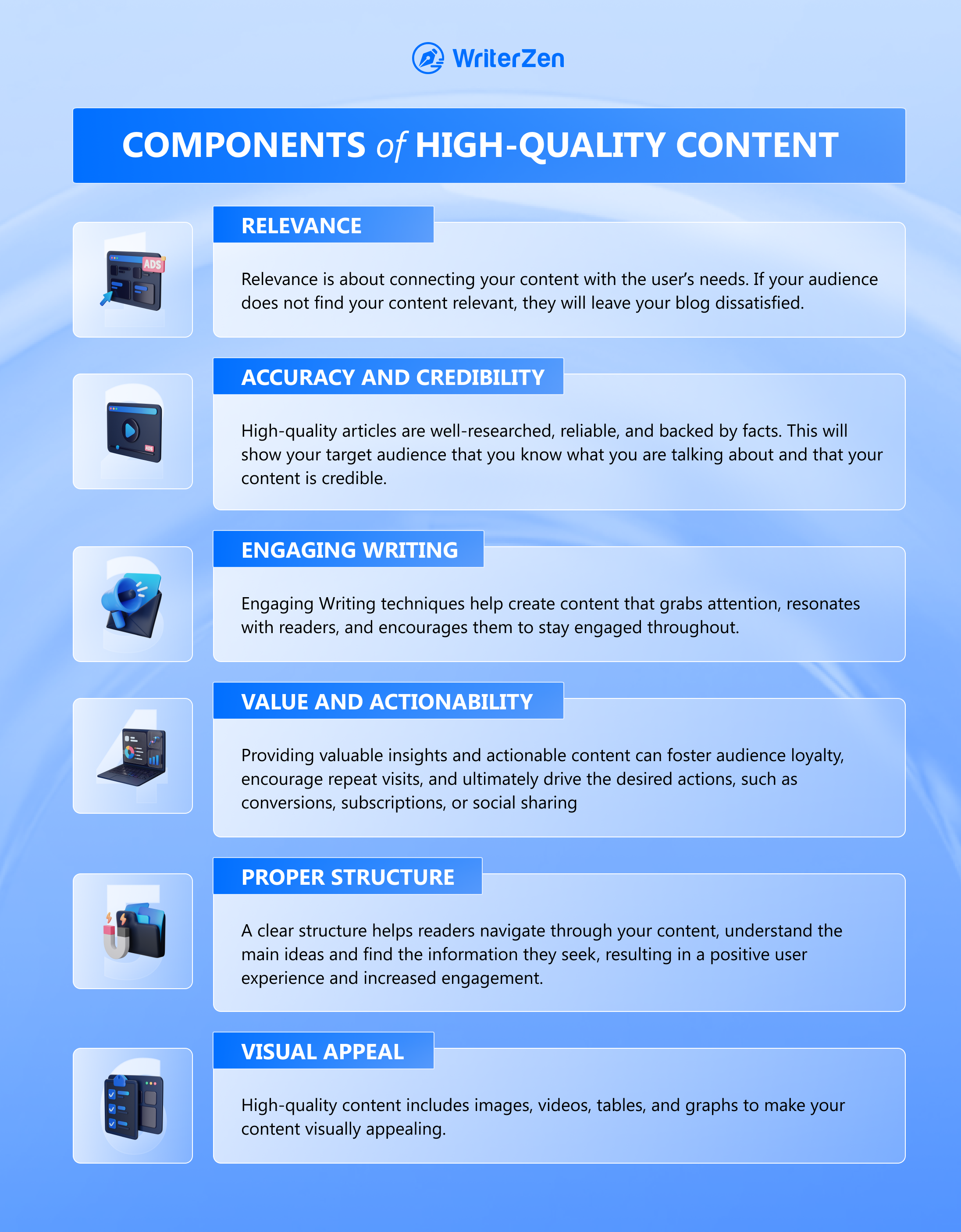
Relevance
Users visit your blog with specific questions in mind and expect those questions to be answered. That is why your content must be relevant. Relevance is about connecting your content with the user’s needs.
If your audience does not find your content relevant, they will leave your blog dissatisfied. This increases the bounce rate of your website, which is a red flag for your blog’s SEO and website traffic.
One of the most popular blog types in terms of user engagement is listicles. But just because they are lists doesn’t mean you can’t address a topic in detail. Here are a few listicles examples that focus on one topic:
-
The Best 10 Movies of 2022
-
5 Ways to Style Your Jeans
-
The 7 Healthiest Superfoods
To write relevant content, you need to follow the process below:
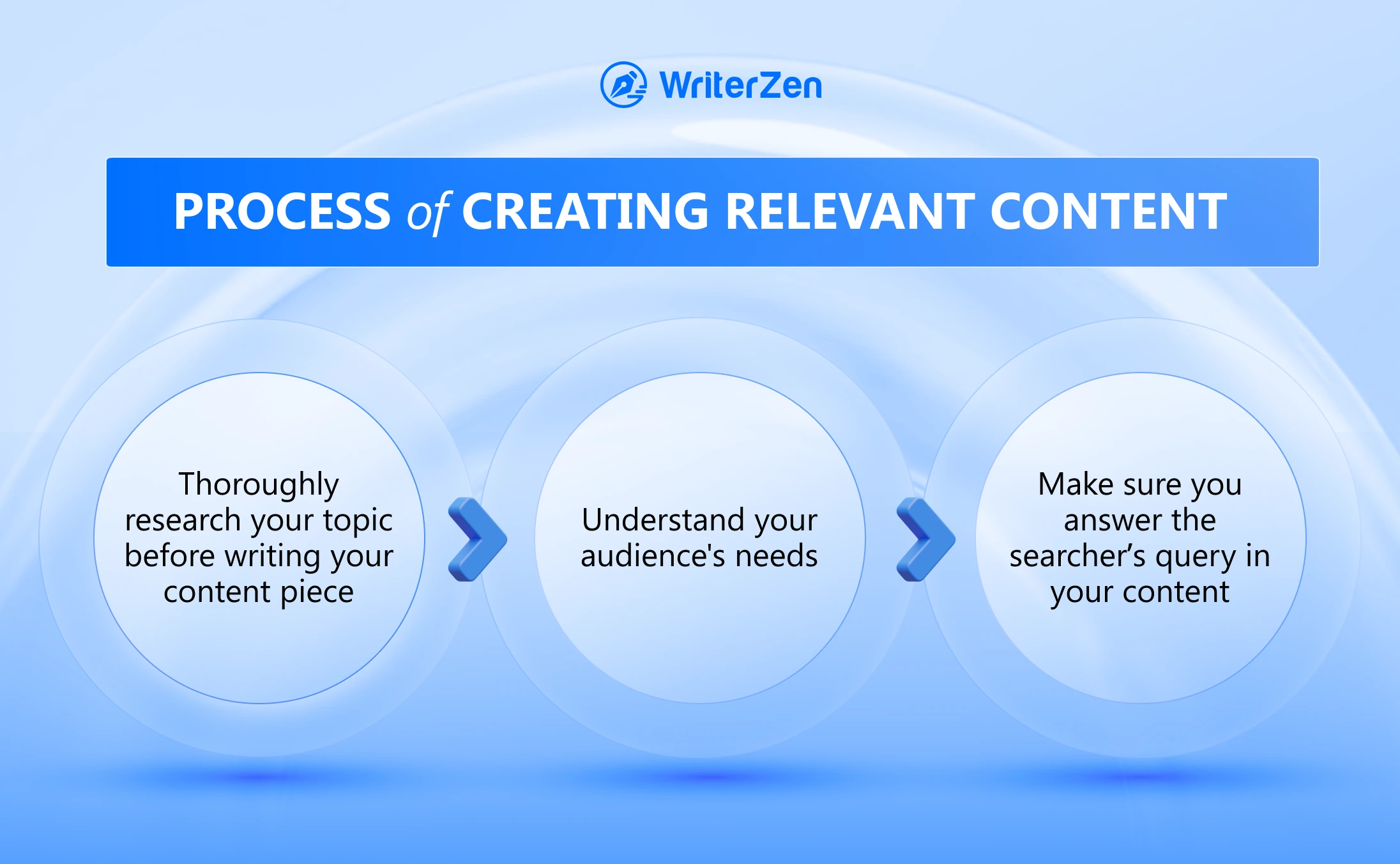
- Thoroughly research your topic before writing your content piece.
This includes examining the current search engine results page for your target keyword. You can identify the format and type of ranked content based on the results. You can follow a similar format to write high-quality guest posts.
Research also entails finding out what questions users ask about your topic on forums, social media, and Q&A websites.
-
Understand your audience's needs.
To find out what your audience needs, put yourself in their shoes. Think about what you would like to know about your topic.
Another way to determine your audience's needs is to listen to them when they talk about your topic on social media or read their comments on other blog posts.
-
Make sure you answer the searcher’s query in your content.
Once you know your audience's needs, you need to answer their query or question in your content. Remember not to go off-topic.
Accuracy and Credibility
High-quality articles are well-researched, reliable, and backed by facts. This will show your target audience that you know what you are talking about and that your content is credible.
In your content, share case studies, real-world examples, and statistics. Including these aspects will not only make your content more sound and accurate and help you get backlinks from high-authority websites.
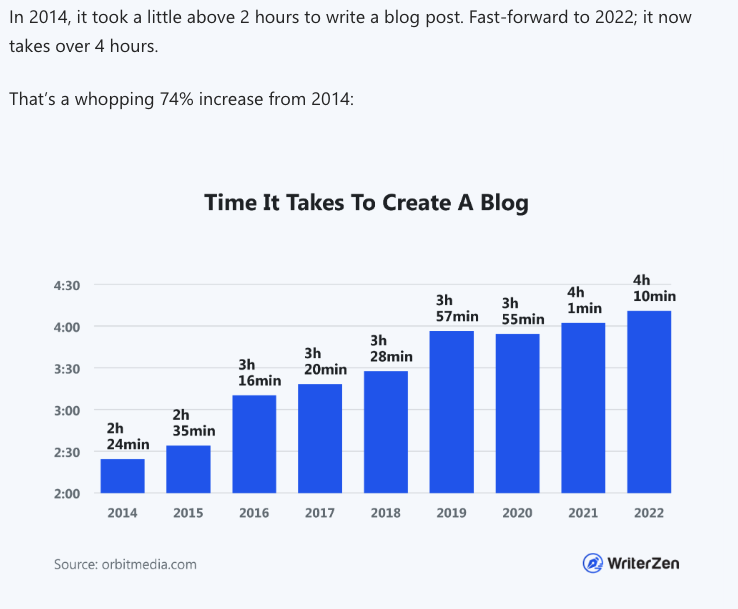
When researching your topic, use credible sources, check the date of the source, and verify the accuracy of the information by cross-referencing it with other sources.
Additionally, maintaining content originality is crucial for establishing credibility while avoiding duplicate content penalties from search engines.
Engaging Writing
Engaging writing is a crucial component of high-quality content that captivates readers and keeps them invested in your message. To create engaging content, consider the following elements:
-
Compelling introductions: Start with an attention-grabbing opening that sparks curiosity or evokes an emotional response. Anecdotes, thought-provoking questions, or surprising statistics can be effective hooks.
Here’s an example of a compelling introduction:
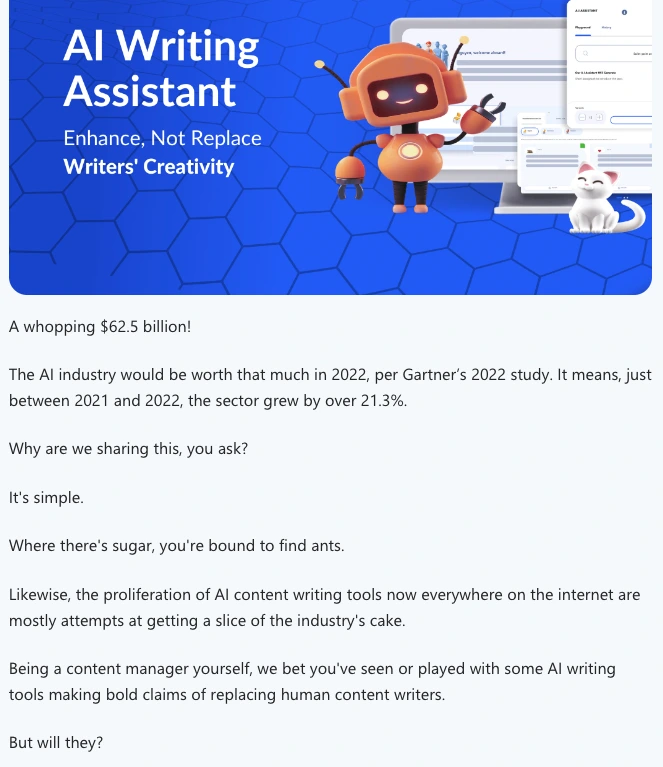
-
Clear and conversational tone: Use a conversational writing style that connects with your audience on a personal level. Avoid jargon or overly technical language and strive for clarity and simplicity.
Here’s an example of conversational vs. not conversational text:
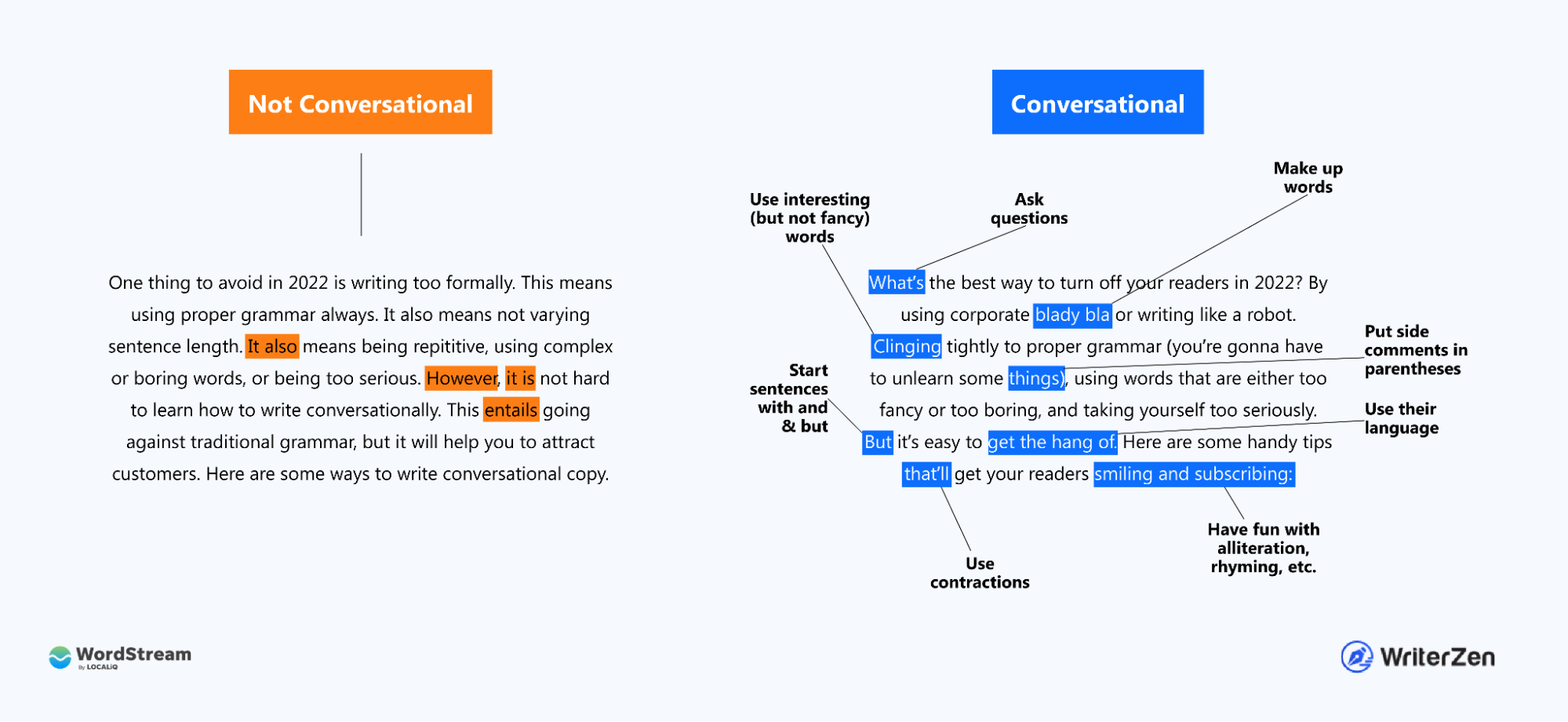
-
Storytelling techniques: Weave stories, anecdotes, or real-life examples into your content to make it relatable and memorable. Stories create an emotional connection and help readers connect with the information on a deeper level.
-
Engaging headlines and subheadings: Craft catchy headlines that pique readers' curiosity and accurately represent the content. Break down the text with descriptive subheadings to facilitate skimming and provide a clear structure.
-
Call-to-action: Encourage reader participation by including clear calls-to-action that prompt them to leave comments, share the content, or take specific actions related to the topic.
By employing these techniques, you can create content that grabs attention, resonates with readers, and encourages them to stay engaged throughout, ultimately driving higher levels of interaction and building a loyal audience.
Moreover, it’s also vital to ensure no grammar or spelling errors in your content. This will provide a seamless and effortless reading experience, allowing the reader to focus on the content and ideas rather than being distracted by linguistic mistakes.
Value and Actionability
Delivering value and actionable insights is crucial for creating high-quality content that resonates with your audience and encourages them to take action. Consider the following points to provide value and drive action:
-
In-depth research: Conduct thorough research to gather accurate and up-to-date information. Provide facts, statistics, case studies, or expert opinions that support your content and enhance its credibility.
-
Practical tips and advice: Offer practical tips, step-by-step guides, or actionable advice that readers can implement in their own lives or work. This helps them see immediate benefits from engaging with your content.
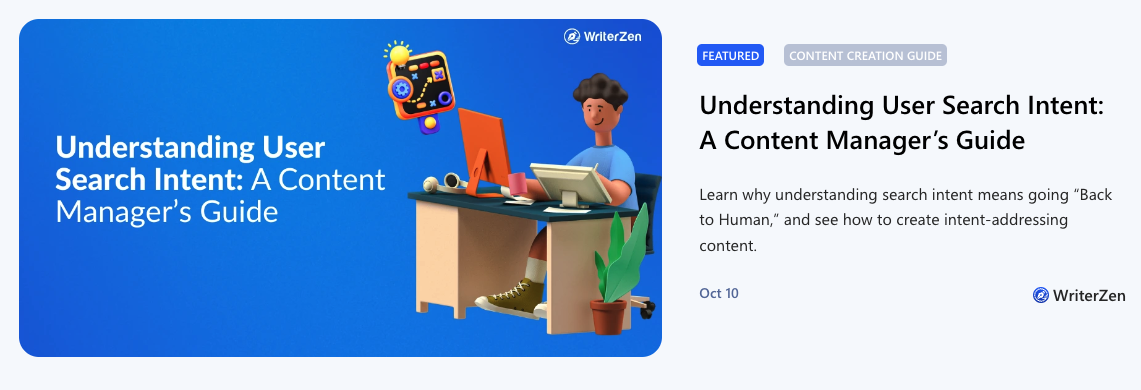
-
Problem-solving approach: Identify common challenges or pain points within your audience's niche and address them directly. Present solutions or alternative perspectives that can help readers overcome obstacles or achieve their goals.
-
Examples and case studies: Include real-life examples or case studies that demonstrate how others have successfully applied the concepts or strategies you're discussing. This adds credibility and shows the practical application of your content.
-
Visualize data: If you're presenting data or complex information, consider using visual representations such as charts, graphs, or infographics. Visuals help simplify information, making it easier for readers to understand and apply.
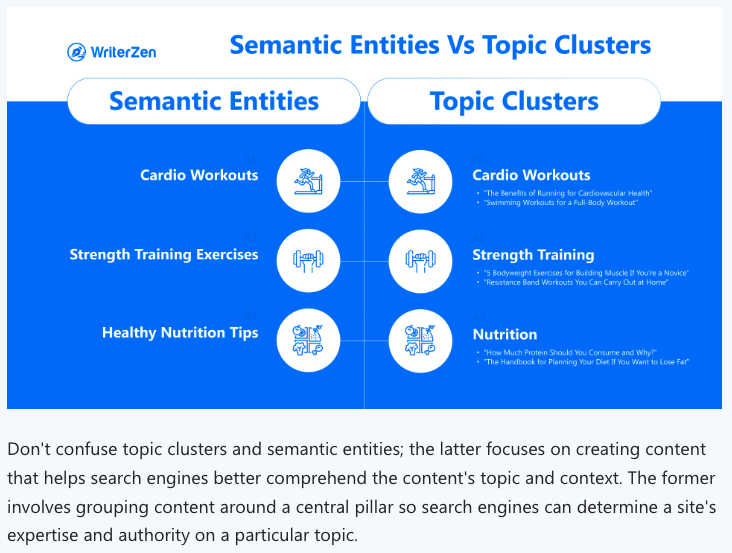
-
Call-to-action: Include a clear call-to-action at the end of your content, guiding readers to take the next step, whether it's subscribing to a newsletter, downloading a resource, or making a purchase. A well-placed CTA encourages engagement and conversion.
When providing valuable insights and actionable content, you position yourself as a trusted resource and expert in your field. This fosters audience loyalty, encourages repeat visits, and ultimately drives the desired actions, such as conversions, subscriptions, or social sharing.
Proper Structure
A well-structured content layout enhances readability, improves user experience, and allows readers to navigate your content easily. Consider the following aspects when creating a proper structure for your content:
-
Clear hierarchy: Use headings and subheadings to create a clear hierarchy and guide readers through your content. This helps break down information into logical sections and allows readers to scan and find the information they need.
-
Introduction and conclusion: Start with an introduction that provides an overview of the topic and grabs readers' attention. End with a conclusion that summarizes key points and provides a concise takeaway for readers.
-
Paragraph organization: Break your content into paragraphs, with each focusing on a specific idea or subtopic. Use topic sentences to introduce each paragraph and ensure a smooth flow of information.
-
Bulleted or numbered lists: Incorporate bulleted or numbered lists to present information in a concise and easy-to-digest format. Lists can help emphasize key points, facilitate scanning, and improve comprehension.
-
Transition words and phrases: Utilize transitional words and phrases to create coherence and smoothly connect ideas between sentences and paragraphs. This improves the overall flow and readability of your content.
-
Visual elements: Supplement your content with relevant visuals like images, charts, or diagrams. Place these visuals strategically within the content to provide visual breaks and support the text.
By structuring your content effectively, you make it more accessible, reader-friendly, and engaging. A clear structure helps readers navigate through your content, understand the main ideas, and find the information they seek, resulting in a positive user experience and increased engagement.
Visual Appeal
High-quality content includes images, videos, tables, and graphs to make your content visually appealing. Adding visuals helps break up the text and increases your blog's readability.
But it is important to add high-quality and relevant images and other forms of media to your content. Incorporating media that is irrelevant to your topic will only distract and annoy your readers.
When you are adding images, videos, or graphs to your content, include the following to maintain the quality of your content:
-
A caption to explain your visual if needed.
-
A descriptive alt text to describe your image for people who can’t see it.
-
Cite your sources of media when you are using media from another website.
- Use tools to edit videos online to ensure your videos are polished and professional, enhancing the overall quality of your content.
Here are some of the types of media you can include in your content and their functions:
-
Images break up the text and make your content more visually attractive.
-
Infographics represent data in a visually appealing way.
-
Tables turn complex data into simple chunks of information.
-
Videos provide a more detailed explanation of your topic.
Note: Besides keeping the quality of their writing, content writers also need to pay attention to on-page SEO techniques to ensure their blog is easily discoverable by search engines and ranks well.
Final Thoughts
In conclusion, creating useful and high-quality blog content involves a careful balance of various key components. By focusing on these components - engaging and well-researched topics, clear and compelling writing, effective use of visuals, and optimization for user experience - you can elevate your blog to new heights.
So, invest your time and effort into crafting content that leaves a lasting impact, and watch your blog flourish.



